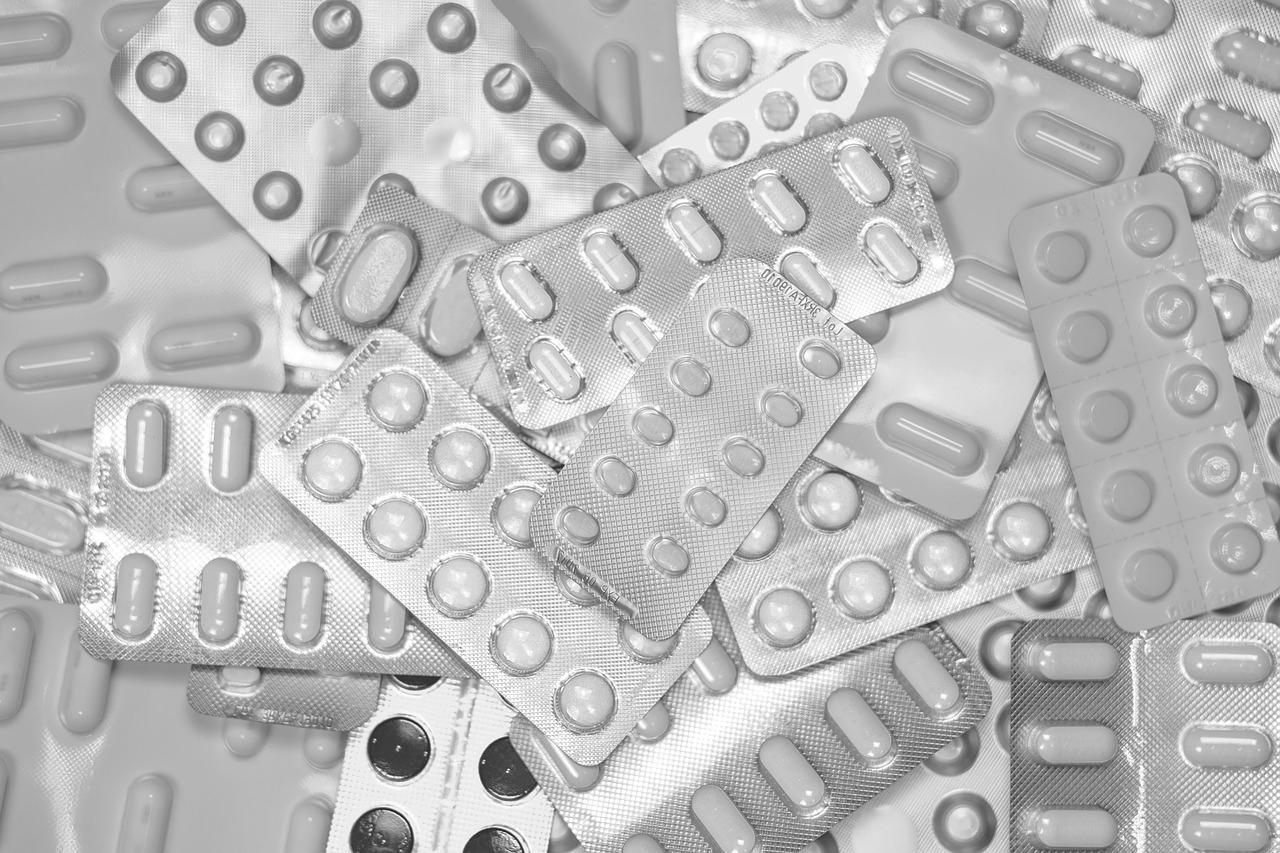Juvenile dermatomyositis
1. Corticoids
They are the basis for the treatment of many diseases, including JDM, and have been successful in reducing mortality from the disease. They have an anti-inflammatory effect at different levels, the speed of which can be modified depending on the route of administration and dose used.
In paediatric rheumatic diseases, we do not have studies comparing corticosteroid doses, so there is no one dose of corticosteroids that has been shown to be superior to another. Intravenous corticosteroid pulses have been found to be the only form of administration that successfully modifies gene overexpression in patients with systemic lupus erythematosus, an autoimmune disease, like JDM, mediated by interferon. In addition, intravenous administration is known to be faster acting with fewer side effects. Moreover, in JDM, being a systemic vasculopathy with risk of gastrointestinal involvement, intestinal absorption of drugs may be affected by inflammation of the intestinal mucosa.
It is therefore recommended to start treatment with corticosteroids intravenously, to be continued orally at a later date.
There are different recommendations for reducing the dose of corticosteroids in these patients, recommending treatment for approximately 50 weeks.
Local treatment with corticosteroids can also be carried out on the skin, with corticosteroids of varying potency, or intra-articularly in the case of joint inflammation that does not improve with systemic treatment.
As this treatment will be maintained for months, it is necessary to monitor its possible side effects. Thus, the following should be performed:
- Complete physical examination, including weight, height and blood pressure, in the periodic assessments at the consultation.
- Baseline osteoporosis study, with bone metabolism and densitometry parameters, and initiate osteoporosis prophylaxis with calcium and vitamin D supplementation.
- Ophthalmological examination at baseline and periodically, to evaluate the appearance of cataracts.
